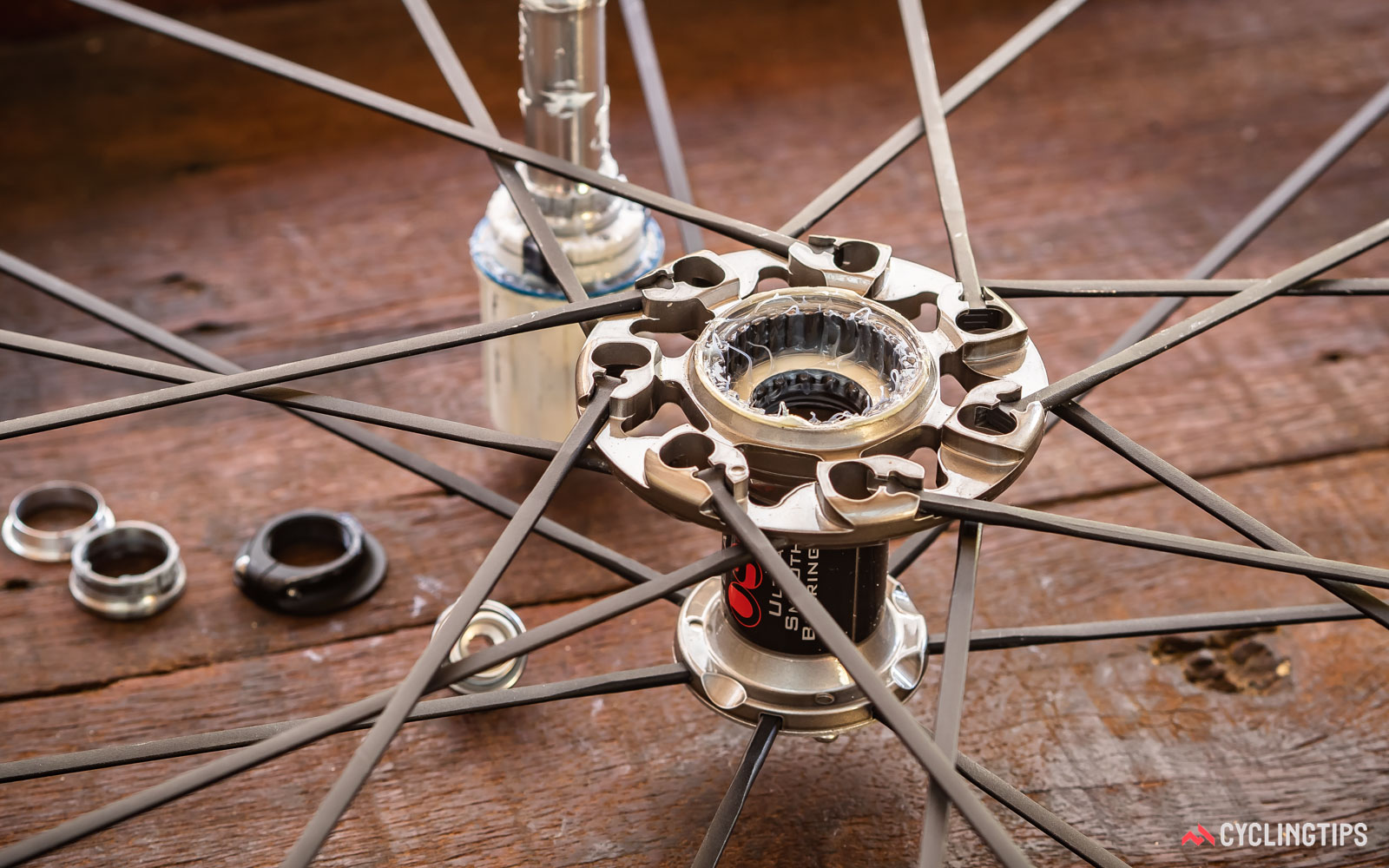You are referring to your freehub’s angle of engagement. That is, how many degrees does your pedal need to travel before the freehub engages and transmits your power to the drivetrain.
Here is a primer by Matt Wikstrom of Cyclingtips on freehubs, and it does cover this topic. The bad news is that you can’t change your existing hub’s angle of engagement unless there is an upgraded freehub with more points of engagement. I think only DT hubs may have these upgrades available. Otherwise, you would need a new hub or rear wheel, which is obviously a costly endeavor.
To elaborate, there are pawls in your freehub body, e.g. in the picture below.

The pawls are spring loaded. When you are pedaling, the pawls engage teeth in the freehub body.

More teeth or more pawls means more points of engagement, I.e. your pedal covers a smaller angle before the freehub engages.
Now, if you are a road cyclist, I would caution that points of engagement are not an issue for us. We don’t coast very much. This point applies to most gravel cyclist. For mountain bikers and gravel cyclists on very rough terrain, you do often have to coast and backpedal to reposition the pedals, and many points of engagement are a definite advantage in this style of riding. However, as I said, you cannot alter the points of engagement in an existing hub unless it’s a DT.


